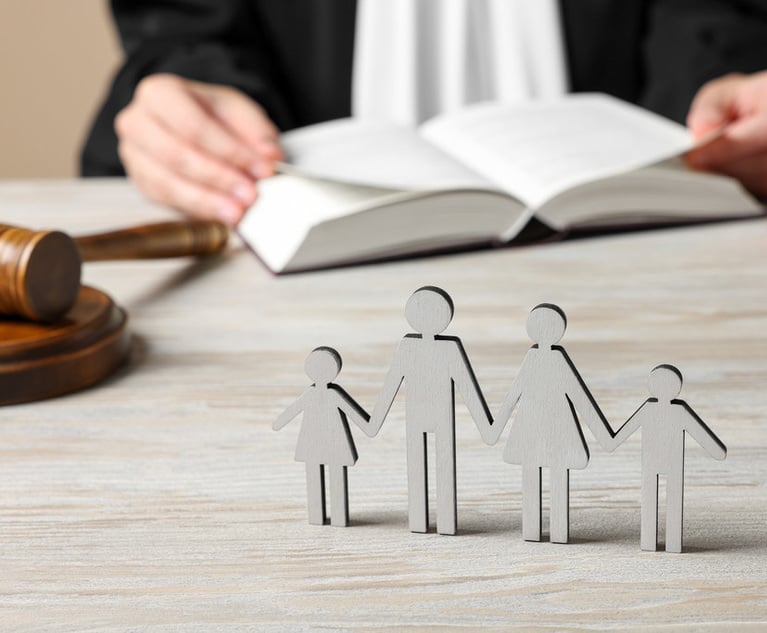Whether the videos are from security surveillance cameras maintained by a party to the litigation, or a neighboring property or business, municipal traffic cameras, or dashboard videos from nearby vehicles, they can override the usual issues of party or witness credibility and substantially impact the assessment of liability. If there is a video of the event, it is important to identify it, make sure it is preserved, and, if possible, obtain a copy before your client or an important eyewitness testifies. The witness’s recollection of the event may differ in details large or small from an authenticated, unedited video. Once the footage is obtained, the issue of whether it is or can be properly authenticated is essential, whether you want to use it or eliminate it.
Prompt investigation is essential. Frequently, commercial sites or residential buildings will have installed security cameras which may be monitored by building personnel for undesirable activity on the site, and footage maintained for varying lengths of time before the cameras record over existing data. If there is even a suspicion that there is such footage in the possession of an adverse party, it is important to place the party on notice as early as possible and with as broad a demand as possible to preserve such surveillance footage, hopefully before the camera records over the footage. If a party is on notice of potential litigation, it may keep the footage on its own initiative, as part of a post-accident protocol imposed by its insurance carrier, but it may not preserve the extensive portions of the tape which may be warranted by the particular event. For example, in a case where it is necessary to show actual or constructive notice, the events leading up to the accident may not be automatically retained and the brief snippet of the accident may be insufficient to prove notice.


 There is an old adage that one picture is worth a thousand words. This is aptly applied to the impact a video depiction of an accident may have in a personal injury action. Such footage may accurately record an event where, because of the emotional and physical turmoil at the moment of an accident, the perception of witnesses and participants may be less than a completely accurate recollection of the details of what occurred. A video which memorializes the moment will likely supersede the recollections of the human mind. Where there are such videos, it is important to seek them out and examine them, as their impact can be enormous.
There is an old adage that one picture is worth a thousand words. This is aptly applied to the impact a video depiction of an accident may have in a personal injury action. Such footage may accurately record an event where, because of the emotional and physical turmoil at the moment of an accident, the perception of witnesses and participants may be less than a completely accurate recollection of the details of what occurred. A video which memorializes the moment will likely supersede the recollections of the human mind. Where there are such videos, it is important to seek them out and examine them, as their impact can be enormous. 



